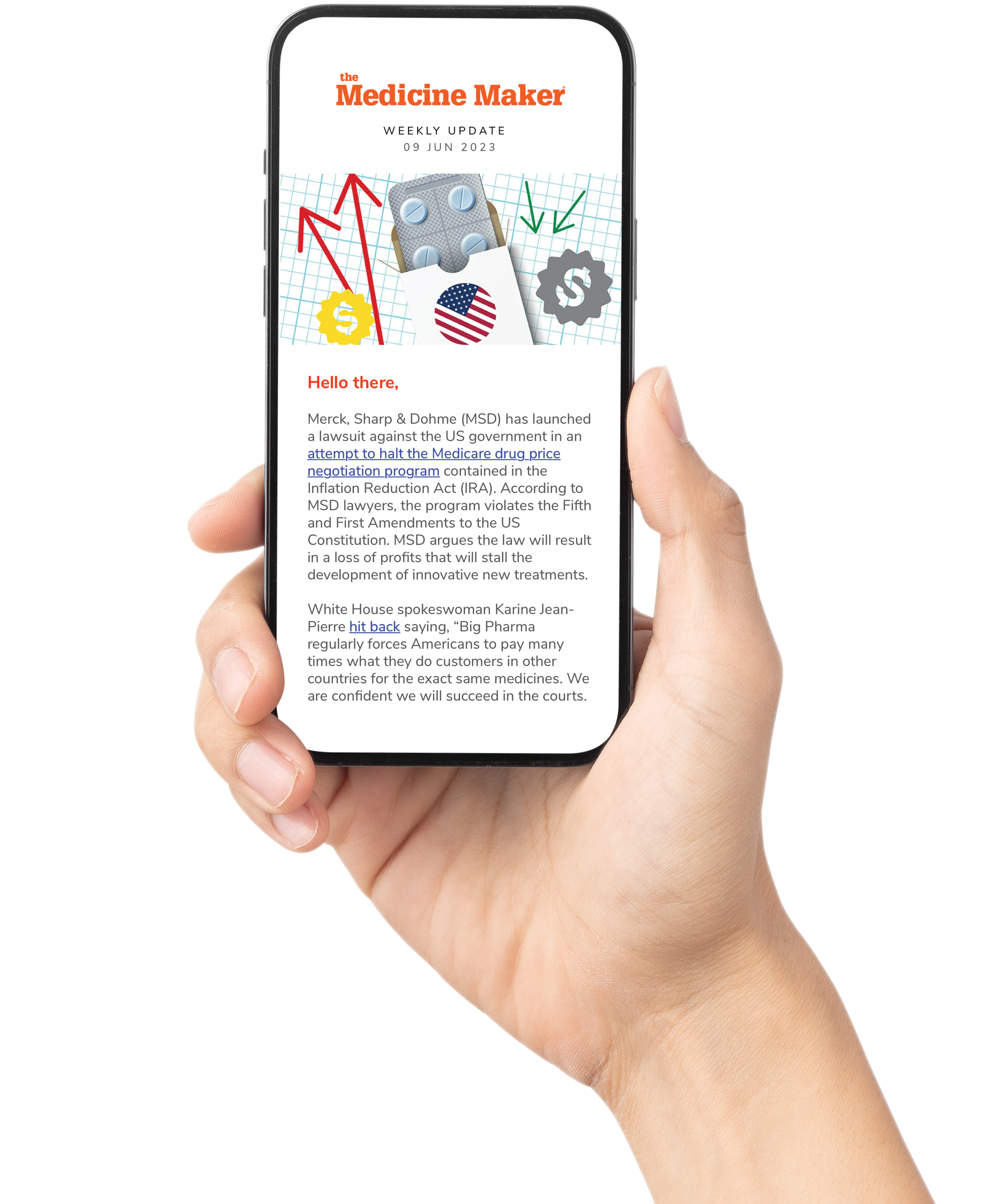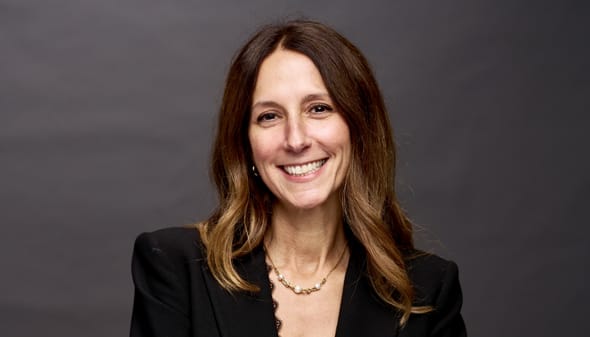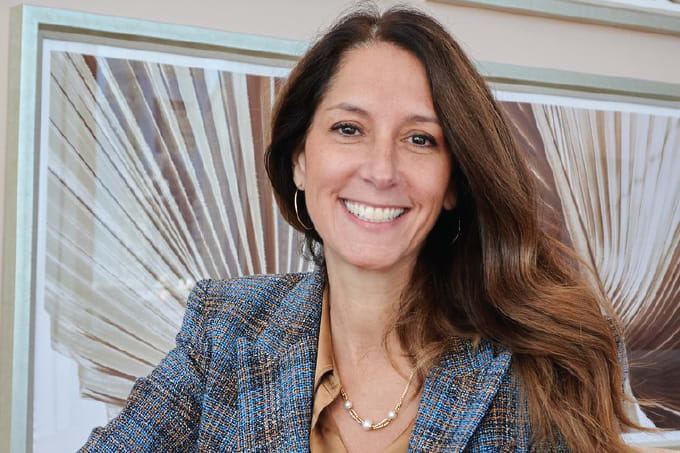
“Sustainability quantified. Impact multiplied.” According to Jeffrey Whitford, Vice President of Sustainability and Social Business Innovation at the Life Science business of Merck, shrinking the environmental footprint of science will help accelerate global health. Sustainability in pharma isn’t solved by one recycling program or a single carbon-cutting initiative – it’s about embedding new ways of thinking into every decision, from R&D to supplier relationships, and by going beyond minimum requirements. Whitford shares his thoughts on the matter.
How did you get involved with sustainability?
I’ve been with Merck for nearly 21 years. I actually started as an intern proofreading the Sigma-Aldrich catalog! About six months later, someone asked if I wanted to help with community initiatives—and that “yes” set me on a winding path that ultimately led to sustainability. I officially began working in sustainability in 2009. It’s been quite a journey, but I wouldn’t have it any other way.
How does the company approach sustainability, and what are some of your key goals?
Compliance with regulations should not be the end point. Instead, we treat sustainability as an opportunity – a chance to innovate. Rather than asking “What’s the minimum required?” we ask, “What more can we do?”
That mindset has allowed us to take a holistic approach across the entire product life cycle: R&D, supply chain, manufacturing, packaging, distribution, customer use, and end of life. Because of this, whenever anyone asks, “Are you doing X or Y?” the answer is yes – we’re doing it all systematically.
Leadership support has been key. About five years ago, during a strategic planning cycle, my boss asked if we could just pick two or three sustainability projects. I explained that it doesn’t work that way – success requires tackling the whole picture. That’s how we’ve built a clear strategy that benefits us and, importantly, helps our customers reach their own sustainability goals.
What’s involved in planning a robust sustainability strategy?
You need a good team. I have the advantage of tenure after being here for over 20 years. Our team also includes people who have been here for decades. For example, one of our chemists has been with the company 39 years! This kind of institutional knowledge can help you to understand where the real leverage points are.
We have more than 300,000 products, so transforming our portfolio is a massive task. Instead of picking products one by one, we embedded sustainability into the design process itself. In October 2022, we launched our Design for Sustainability program, which is now built into product development. That means about 1,900 R&D scientists use it every day. It wasn’t popular at first, but as people became more comfortable, they started seeing the benefits.
What achievements are you most proud of?
One that stands out is our portfolio of greener alternative products – now more than 4,000, compared to zero not long ago. Another is how customers now request us at meetings. I used to beg commercial colleagues to bring me along; now they ask us to join because we have compelling tools and stories to share.
We’ve built digital tools that give customers clear insights into their carbon footprint and show how different purchasing decisions could reduce it. Few companies in any industry offer that level of transparency.
Another achievement is securing investment in our facilities. About five years ago, leadership committed €93 million specifically for sustainability projects. Because of the results, that number has since grown to €150 million. We’ve also pioneered the first biopharma recycling program.
How do you ensure your initiatives have a genuine impact, especially given critiques of corporate sustainability?
It comes down to data. Every greener alternative product has a scorecard with the specifics of how it’s better. Take our bio-based acetone, for example. It’s produced from waste in the whiskey manufacturing process! Data show it reduces carbon emissions by 61 percent compared with fossil fuel-based acetone.
This kind of transparency builds trust. If we lose trust, we lose the foundation we’ve built over decades. Sustainability isn’t about quick wins; it’s about the long game, backed by concrete, verifiable data.
Give us an example of a collaborative project that’s advanced sustainability…
A great example is our partnership with the nonprofit Beyond Benign. One of my colleagues discovered them in 2012. At first, we supported them financially because they were doing good work. One founder, John Warner, is a co-author of the 12 Principles of Green Chemistry, and the other, Amy Cannon, was the first person to earn a PhD in green chemistry.
Fast forward to 2022, and we announced a multi-year, multi-million-dollar partnership to advance green chemistry education in higher education – because the constant in the system is the teacher. By training educators and integrating green chemistry into curricula, we can influence millions of students every year.
As of now, 244 universities worldwide have signed the Green Chemistry Commitment, reaching an estimated 1.6 to 1.7 million students annually. That’s a long-term investment in the future workforce.
What does sustainability mean to you personally?
Honestly, I’m wrong about sustainability every day – depending on who I talk to. For some, it’s avoiding plastic bags; for others, it’s fully decarbonizing their home.
For me, it’s about doing the most good. My personal and professional lives are deeply intertwined, and I focus on catalyzing change within our organization. By putting better materials in scientists’ hands sooner, we can make a huge difference in the long run. My personal impact is magnified through the work we do, and that’s what keeps me motivated.
What are the main challenges you face?
Sustainability isn’t easy. Supply chains are one of the toughest aspects. Around 80-90 percent of most companies’ emissions sit in scope three, which means suppliers play a critical role. Many of ours are small or medium-sized businesses without dedicated sustainability staff.
We’ve developed step-by-step guidance for suppliers on practical topics like renewable electricity, with the first resources now available on our website. Supporting suppliers at their level of maturity is essential, because our success depends on theirs—and ultimately on our customers’.
This is a cross-sectoral, pan-industrial challenge that no single entity can solve alone. That’s why collaboration and a holistic approach are key.




